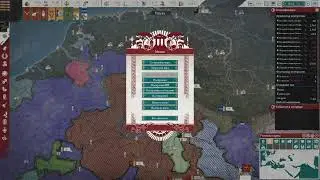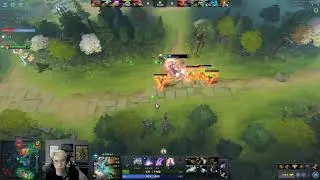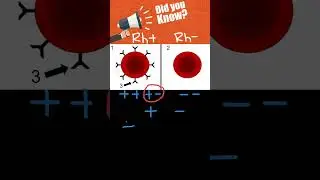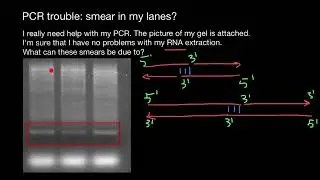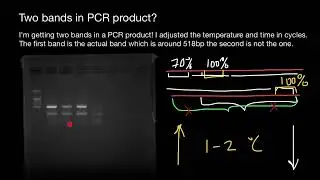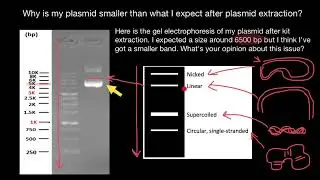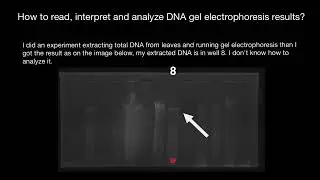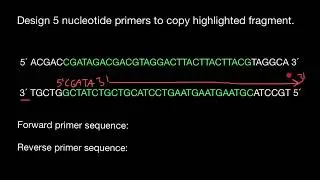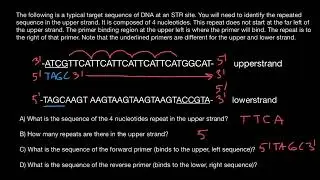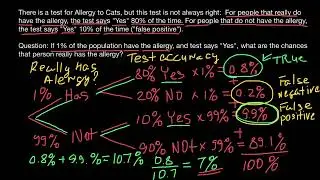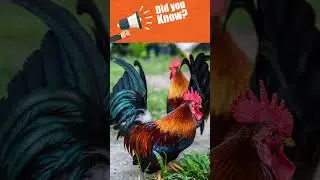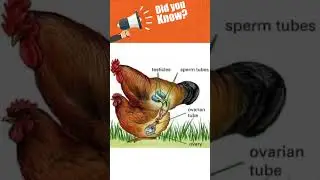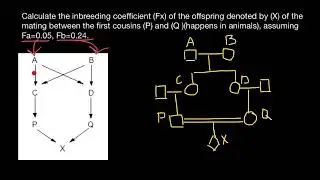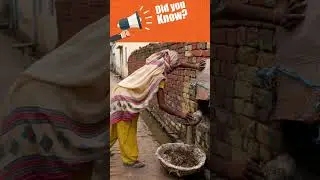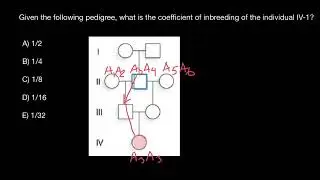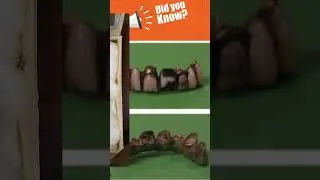How Does a Plasmid DNA Run During Gel Electrophoresis?
Agarose gel electrophoresis is a molecular biology method to analyze and separate DNA fragments based on their size. When you use gel electrophoresis to help you with molecular cloning, you may run into a common problem.
For an example, you are ready to excise your digested plasmid DNA from agarose. However, you see more than one band on your digested sample and you wonder which one to cut. In this article, we review the different forms of plasmid DNA and offer some useful tips to interpret your gel.
How Does a Circular Plasmid DNA Run During Gel Electrophoresis?
The gel electrophoresis conditions (including the presence of ethidium bromide, gel concentrations, electric field strength, temperature, and ionic strength of the electrophoresis buffer) may affect the mobility of the plasmid DNA. Due to the net-like nature of agarose gel, circular plasmid DNA is caught up easier in the agarose mesh.
The electrophoretic trapping is a balance between the electrophoretic force (pulling the circular plasmid DNA against the trap) and diffusion (allowing the circular plasmid DNA to escape a trap). So, large circular molecules have a greater chance to get trapped than smaller DNA. Supercoiled DNA are more difficult to trap due to the small size of the twisted DNA.
CCC (Covalently Closed Circle) Monomer
CCC monomer is a negatively charged and supercoiled plasmid. Intact supercoiled plasmids have compact double-stranded DNA twisted around itself. Plasmid DNA isolated from bacterial hosts are usually present in this CCC form. Undigested plasmid DNA are usually supercoiled.
OC (Open Circular) Monomer
An open circular form is caused by the nicking (cleavage) of one DNA strand. UV irradiation or nucleases can cause this single-strand break. This structure is a relaxed and less compact form of plasmid. It also has less supercoiling than the CCC form.
Linear Monomer
Linear form is a result of a cleavage on both DNA strands caused by restriction endonucleases.
If possible, load undigested, linearized, and UV radiated plasmids next to each other into the agarose gel, then you can compare the bands between those samples.
In general, monomer supercoiled CCC forms move faster than any other forms, because they have compact supercoiled DNA structure. Therefore, they will appear further down in the gel.
Open circular (OC) and linear monomers move slower than the supercoiled CCC monomer. They have more struggle passing through the pores in the gel matrix than the CCC form. Therefore, OC forms will appear higher in the gel. The order of migration is usually the monomer CCC form (the fastest), followed by the linear form and OC form.

